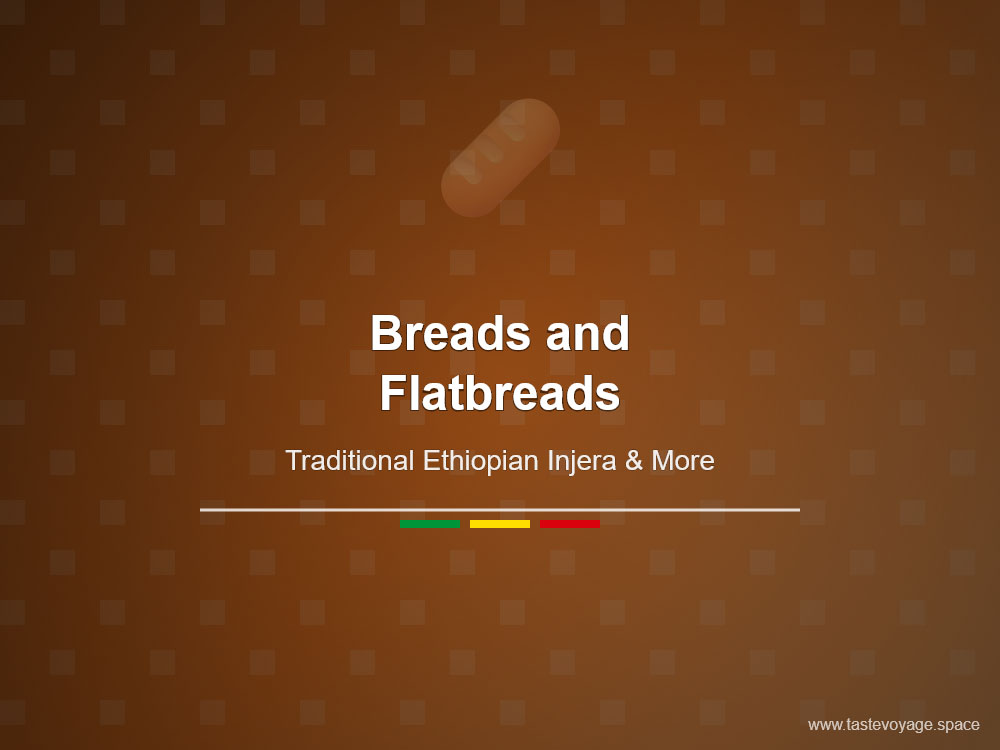How to Make Authentic Ethiopian Injera from Scratch
Travel the World Through Food >> Breads and Flatbreads>>Ethiopian Cuisine>> How to Make Authentic Ethiopian Injera from Scratch
How to Make Authentic Ethiopian Injera from Scratch
How to Make Authentic Ethiopian Injera from Scratch
Ethiopian cuisine is celebrated worldwide for its rich flavors and unique culinary traditions. Among its most iconic dishes is injera, a spongy, flavorful flatbread that serves as both a staple food and a cultural symbol. Making authentic injera from scratch is more than a cooking process; it’s an act of preserving a centuries-old tradition that embodies community, history, and identity.
The Cultural Significance of Injera
Injera holds a special place in Ethiopian society. It is more than just bread — it is a communal food that unites families and friends around the dining table. Traditionally, injera is placed at the center of a shared platter, topped with a variety of flavorful stews and vegetable dishes. This arrangement fosters a sense of togetherness, emphasizing the importance of community and hospitality.
The process of preparing injera is deeply rooted in Ethiopian culture. It involves patience and care, often passed down through generations. It reflects the agricultural landscape of the region, where teff — a tiny, nutrient-rich grain — is the primary ingredient. The grain’s resilience and versatility symbolize the resilience of the Ethiopian people themselves.
Culinary Significance of Injera
Injera’s unique texture and tangy flavor set it apart from other flatbreads around the world. Its sponginess makes it perfect for scooping up stews, while its slightly sour taste adds depth to the meal. The fermentation process, which develops these flavors, is a natural practice that connects food preparation to the environment. It allows the bread to absorb the essence of the local climate and ingredients.
Preparing injera from scratch highlights the artistry of Ethiopian culinary tradition. It involves creating a batter from teff flour, water, and natural fermentation — a process that can take several days. This method not only enhances flavor but also fosters a deeper appreciation for the food and its origins. When served, injera embodies hospitality, nourishment, and cultural pride.
A Reflection of Heritage and Identity
Injera is more than a dish; it’s a reflection of Ethiopian identity. Its preparation and consumption reinforce social bonds and respect for tradition. For many Ethiopians, making injera from scratch is a cherished ritual, connecting generations and celebrating their shared heritage.
In recent years, international appreciation for injera has grown, highlighting its culinary uniqueness. Chefs and food enthusiasts worldwide admire its complex flavors and cultural importance. Yet, for those who want to experience its true essence, making it from scratch remains the most authentic way to appreciate its depth and significance.
Embracing the Tradition
In craft and culture, the journey of making injera from scratch is as meaningful as the final product. It invites us to explore Ethiopian history, connect with community, and celebrate the art of traditional cooking. Whether enjoyed at a festive gathering or a simple family meal, injera continues to symbolize unity and resilience.
If you’re eager to delve into Ethiopian culinary traditions, learning to Make authentic injera is a wonderful first step. It offers a taste of Ethiopia’s rich cultural tapestry and a chance to honor a beloved tradition that has endured for generations. Experience the joy of creating this iconic bread and discover why injera remains a cherished symbol of Ethiopian hospitality and heritage.
